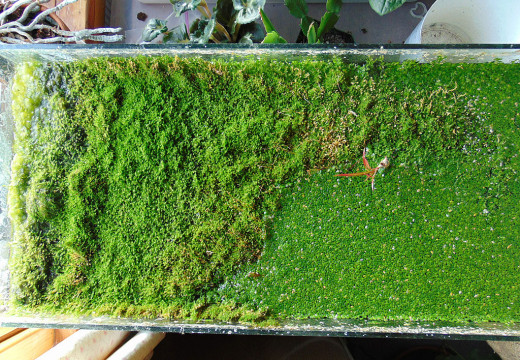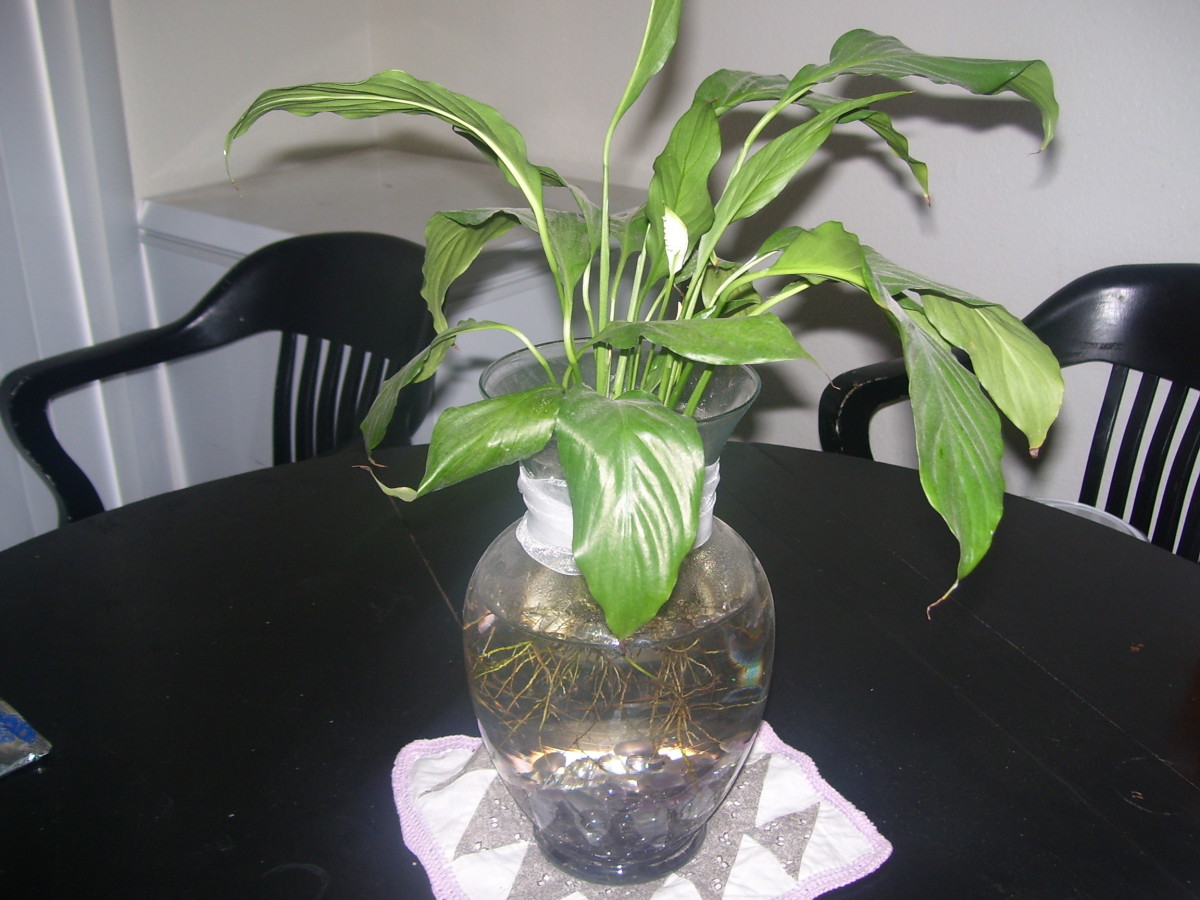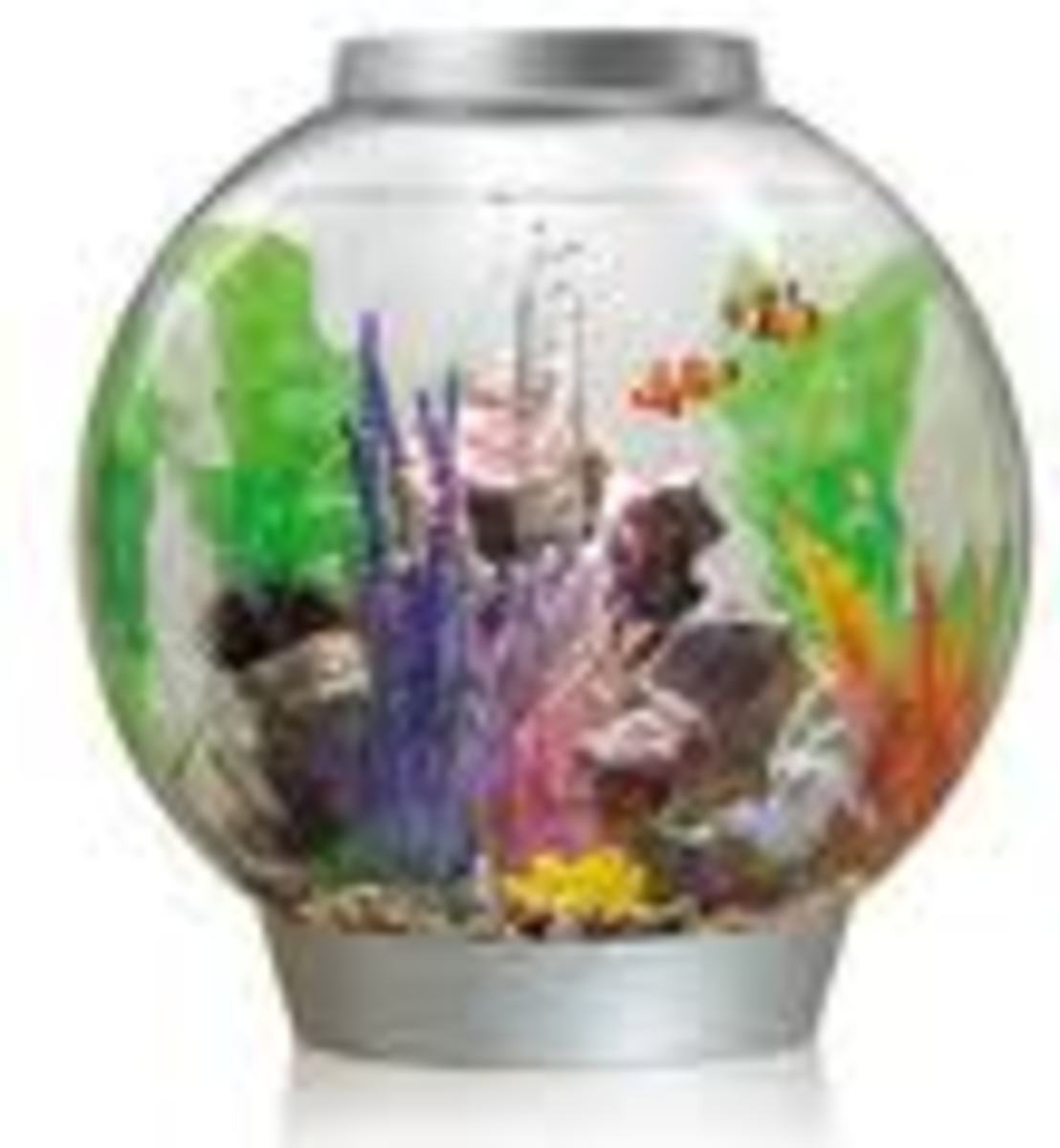Algae That May Appear in Our Aquarium As a Plague
Algae are a natural part of any aquatic ecosystem, including aquariums. They are present in the form of spores and can proliferate if the conditions are right. However, an excessive growth of algae can indicate an imbalance in the aquarium's ecosystem.
There are many different types of algae, some of which can be difficult to classify. For the purposes of aquarium maintenance, it's useful to divide them into "good" and "bad" categories. "Good" algae are beneficial for the aquarium and its inhabitants, while "bad" algae can be harmful and require control measures.
It's important to understand that an abnormal growth of algae is an indication that something is not right in the biological equilibrium of the aquarium and should be addressed promptly.

It's important to note that the growth of algae is influenced by several factors such as lighting, water chemistry, and the presence of nutrients.
For example, excess light can cause an overgrowth of algae, as well as high levels of nitrates and phosphates which are nutrients for algae growth. Similarly, the wrong pH level, the lack of water movement, and low oxygen levels can also lead to the growth of algae.
In order to control the growth of "bad" algae, it's essential to maintain the balance of the aquarium by providing the correct lighting, water chemistry, and water movement. Additionally, using algae-eating fish and plants can also be helpful in controlling the growth of algae.
It's also important to regularly clean the tank and equipment, as well as to keep an eye on the water parameters. Proper maintenance of the aquarium is the key to preventing the growth of "bad" algae and keeping the ecosystem healthy.
Algae Cyanobacteria
Also known as "blue-green algae," are often mistaken for true algae. However, they are actually a type of single-celled bacteria that can form colonies and evolve.
Some cyanobacteria are able to utilize nitrogen, which can result in the formation of bubbles within the colony. These bacteria can appear in various colors, such as green or blue, and will typically disappear when the conditions in the aquarium are no longer favorable for their growth.
To control the growth of cyanobacteria, it's essential to limit the availability of phosphates in the water, as these bacteria require phosphates for growth.
Additionally, maintaining proper water chemistry, controlling light exposure, and performing regular water changes can also help to prevent the growth of cyanobacteria in the aquarium.
Unicellular Planktonic Algae
Also known as "green water algae," are small, single-celled algae that are typically responsible for the green tint in aquarium water.
While they may not be easily visible to the naked eye, they can cause problems if they proliferate. These algae are often caused by excess light and nutrients in the water.
To control the growth of unicellular planktonic algae, it's essential to reduce the amount of light and nutrients in the water.
This can be done by adjusting the lighting schedule, performing regular water changes and limiting the amount of fish food. Additionally, using a UV sterilizer can also be effective in eliminating these algae.
It's important to monitor the water parameters and take action if there is an excessive growth of unicellular planktonic algae in the aquarium.
Diatom Algae
Are a type of unicellular algae that are commonly found in aquatic environments, including aquariums. They are part of the plankton and have a unique characteristic of having a silica shell.
This can cause them to leave brown deposits on the substrate when they proliferate. They typically appear when there are high levels of silicates in the water, which can be introduced to the aquarium through the use of tap water.
To control the growth of diatom algae, it's essential to reduce the levels of silicates in the water. This can be done by using reverse osmosis (RO) water for the aquarium, regularly siphoning off the sandy bottom, and using a UV sterilizer to eliminate the algae.
Keep an eye on the water parameters and take action if there is an excessive growth of diatom algae in the aquarium.
Brown Algae
Also known as "diatomaceous algae," can be either unicellular or multicellular and are commonly found in aquariums. They are known for encrusting on decorative objects in the tank, making them difficult to remove manually.
One of the main causes of brown algae growth is an excess of iodine in the water. Iodine is an essential element for the growth and development of marine organisms, but in high concentrations, it can lead to the overgrowth of brown algae.
To control the growth of brown algae, it's essential to maintain proper water chemistry and to keep an eye on the levels of iodine in the aquarium. Using a UV sterilizer can also be effective in eliminating brown algae.
Additionally, regularly cleaning the tank and equipment can help to prevent the buildup of brown algae in the aquarium.
Red Algae
Also known as "filamentous algae," are a common problem in aquariums and can be harmful to the health of the fish and plants.
These algae are typically found growing on the substrate and stones in the aquarium, and are more likely to appear in areas of the tank that have poor lighting conditions.
To control the growth of red algae, it's essential to improve the lighting conditions in the aquarium. Additionally, regular mechanical removal of the algae, such as by manually removing it or using a specialized algae scraper, can be effective in controlling the growth of red algae.
Regular water changes and proper filtration can also help to prevent the buildup of red algae in the aquarium.
Monitoring the water parameters is essential in order to catch and address an excessive growth of red algae in the aquarium.
Green Algae
Are a common problem in aquariums and can be harmful to the health of the fish and plants if they proliferate.
There are two main types of green algae: filamentous and bubble algae. They typically appear when the conditions in the aquarium, such as nitrates, phosphates, CO2 levels and light, are favorable for their growth.
To control the growth of green algae, it's essential to maintain proper water chemistry and lighting conditions.
Additionally, using algae-eating fish and plants can be effective in controlling the growth of green algae as they include them in their diet.
It's also important to perform regular water changes, keep track of the water parameters and take action if there is an excessive growth of green algae in the aquarium.
Conclusion
Prevention is the key to combat algae growth in an aquarium. By properly maintaining the aquarium and ensuring a healthy biological balance, it's possible to prevent the excessive growth of algae.
Regular partial water changes, proper care of the plants, suitable lighting, and monitoring water parameters are essential steps in maintaining a healthy aquarium environment
It is important to keep the balance of the aquarium, which will help to prevent the growth of algae.
By ensuring that the aquarium is in good condition, it will be possible to avoid problems with algae and maintain a healthy ecosystem for the fish and plants.



